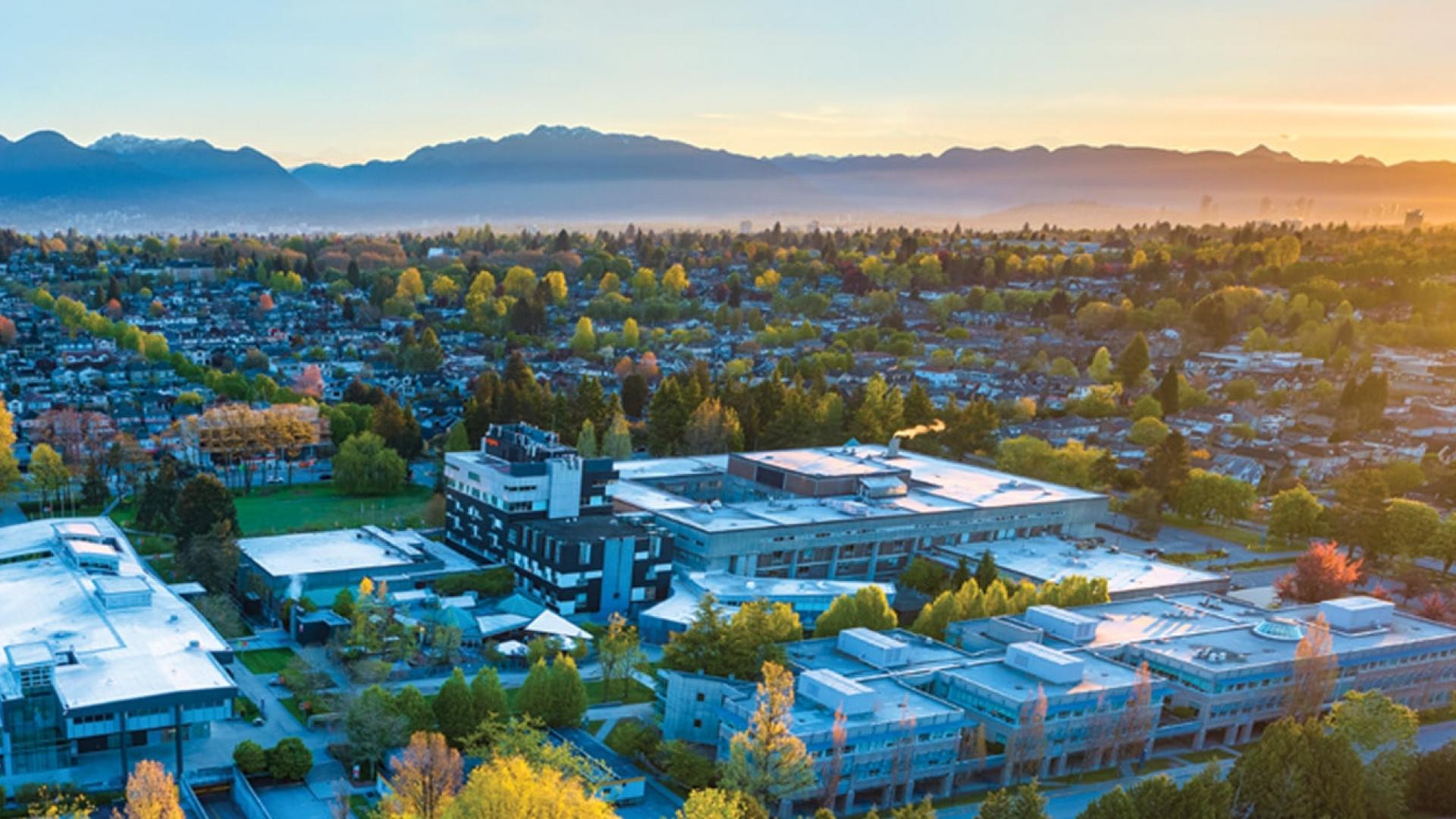Registered Massage Therapy
Registered Massage Therapy
The RMT Program has new-student intakes in September, January and May. Please check application package submission deadlines on the Admissions tab.
RMT Program classes are held in-person in classrooms & the Langara student RMT clinic.
Are you passionate about health and want a career as an independent health care professional? Meet your goals as a Registered Massage Therapist.
Building on a history of health programming, Langara is the first public post-secondary institution in BC to offer training in the RMT field. Our two year Diploma in Registered Massage Therapy is unparalleled in depth and approach.
Langara's RMT Program offers an extensive content review in both Semester 5 and 6 with over 330 hours of preparation for the CCHPBC provincial registration examinations.
Our RMT instructors are described as "the best in the province", and most have been with Langara since the inception of the Program. You will be taught by instructors who are excellent role models, and passionate about preparing students as to be excellent RMTs. They choose to teach at Langara because they know it takes excellent preparation to begin a career as an RMT - a comprehensive instructional program. Our grads tell us that they are "totally prepared" to work in the health care system.
Registered Massage Therapy (RMT) is a respected health care profession in British Columbia, and the demand for therapists is growing. Governed by the College of Complementary Health Professionals of BC (CCHPBC), RMTs practice within the Health Care Professions Act and provide hands-on treatments to assist in achieving and maintaining optimal health. BC's Massage Therapy education is the highest in Canada.
Most extended health plans recognize and cover massage therapy treatments as does BC Medical, the RCMP, Veteran’s Affairs, ICBC, and WCB. RMTs have the flexibility to choose their desired practice area; whether it is alongside allied health practitioners such as physiotherapists and chiropractors, in massage specific clinics, or as an adjunct to sports teams. Massage therapists are defining their own careers!
Program Highlights:
- BC's first public post secondary institution to offer RMT training
- Additional course work in Cranial Sacral Therapy, Myofascial Release, Muscle Energy Technique and Visceral Manipulation
- Gross Anatomy (cadaver) labs
- Expanded curriculum in Business Practices for RMTs and Massage Therapy for Athletics
- Integrated practicum in the Student Massage clinic in the Student Internship courses
- The RMT Program is eligible for domestic students applying for student loans
Student Clinics
For information regarding our COVID protocols please see the booking website. Masks are now optional in the clinic space.
Receive affordable, quality massage therapy through our CS Diploma in Registered Massage Therapy student clinics. Located at our West Broadway campus, our student clinic is open to members of the public and offer participants assessment and treatment from a supervised student in a learning setting.
Appointments are booked for one hour, a portion of which will be dedicated to a health history interview, assessment of the area to be treated, hands on treatment as well as reassessment and home care suggestions such as stretching or exercises.
Book Online or call 604.872.2471 to book an appointment. See this guide on what to expect during your treatment.
For general clinic questions please email: massageclinic [at] langara.ca (massageclinic[at]langara[dot]ca)
*note that appointments will not be booked over email, please phone or book online.
Rates
$40 per appointment for the general public
$25 for seniors (over 65) and Langara staff and students with valid Langara ID.
The Student Treatment Fee can be paid by credit or debit. We do not accept cash or American Express.
Hours and Location
Reception is open Monday to Friday from 8:00 to 4:00 pm. Appointment times vary by term. Our clinic is located at 601 West Broadway, Unit M-11, a five-minute walk from the Broadway City-Hall Skytrain station.
If you have any accessibility issues please call us at the clinic and we will be happy to assist, 604.872.2471. Some of the building elevators are under repair.
Therapeutic Treatments
Our students are highly trained and can provide treatment for individuals with various medical conditions. Our students also offer pre-natal treatments for moms to be and post-natal treatments up to 6 months post-partum.
Saturday Promotion
Saturdays only, treatments are $30* in the student clinic. $5 from each treatment is donated to the RMT Student Bursary Fund, supporting RMT students in the Langara program.
*Not combinable with any other offer, regular price for treatment is $40.
Personal Injury Claims
If you are currently injured and have an ongoing personal injury claim for any reason, our students are prohibited from treating you. Our students are not licenced healthcare professionals, and they are not Registered Massage Therapists.
Receipts from the student clinic cannot be submitted for reimbursement through your insurance provider. The student clinic is a learning environment for non-registered student interns of the Langara RMT Program. Registered Massage Therapists supervise our students but their credentials cannot be used on receipts for purposes of reimbursement. Alteration of these receipts with the intention of submitting them to an extended health insurance company is considered insurance fraud.
